Hi CapCom,
this is the EVA #13 Report on sol 11.
*today we sent also EVA #12 Report.
Best,
Miho XO crew191
—
EVA Report
EVA #13 – 4 Apr 2018 – Sol11
Crew members: Yusuke Murakami (EVA leader), Makoto Kawamura, Fumiei Morisawa
Objectives:
– Operational check (ATV)
– Cleaning the small water tank (Hab Car)
– Cleaning the white water tank and restore the tank
Operations:
13:54 – Entering the airlock
13:57 – EVA start, Operational check
14:00 – Depressurize start of RAM
14:03 – Depressurize finish of RAM
14:30 – Pressurize start of RAM
14:33 – Pressurize finish of RAM, start cleaning the tank
15:19 – Depressurize start of the Airlock of RAM
15:22 – Depressurize finish of the Airlock of RAM, MK and FM go outside the RAM
15:24 – MK and FM Entering the airlock
15:27 – Enter HAB
15:37 – Entering the airlock
15:40 – EVA start, go to RAM
15:45 – Pressurize start of the Airlock of RAM
15:48 – Pressurize finish of the Airlock of RAM
16:27 – Depressurize start of RAM
16:30 – Depressurize finish of RAM
16:56 – YM and FM deriverd the small tank to Shannon by Spirit
17:05 – Back to the HAB, restore the white tank
17:40 – Entering the airlock
17:43 – Enter HAB
Narrative:
Today was a bit tough day. We have to finish clean up the small tank of Hab Car and the white tank, and also have to restore them. If we could finish as soon as possible, means the prospect of reopening the water system will be certain. It takes much time to complete this task inside a sultry RAM, but we finally did it, what’s more in SIM. We live a full Mars life.
Vehicles
– Spirit



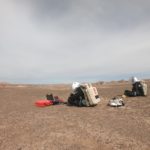
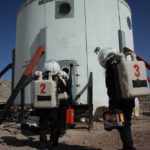
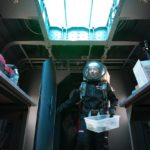
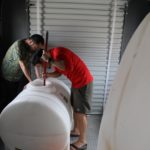
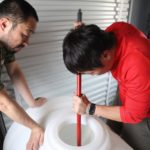

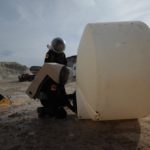
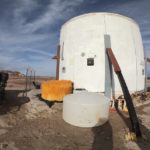
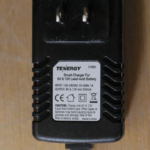
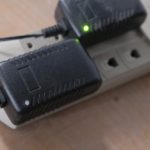

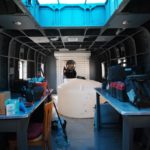
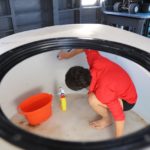
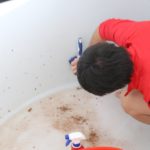
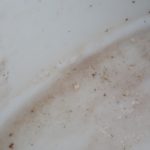
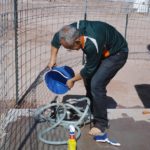

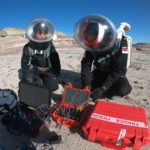
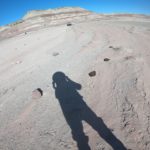
You must be logged in to post a comment.